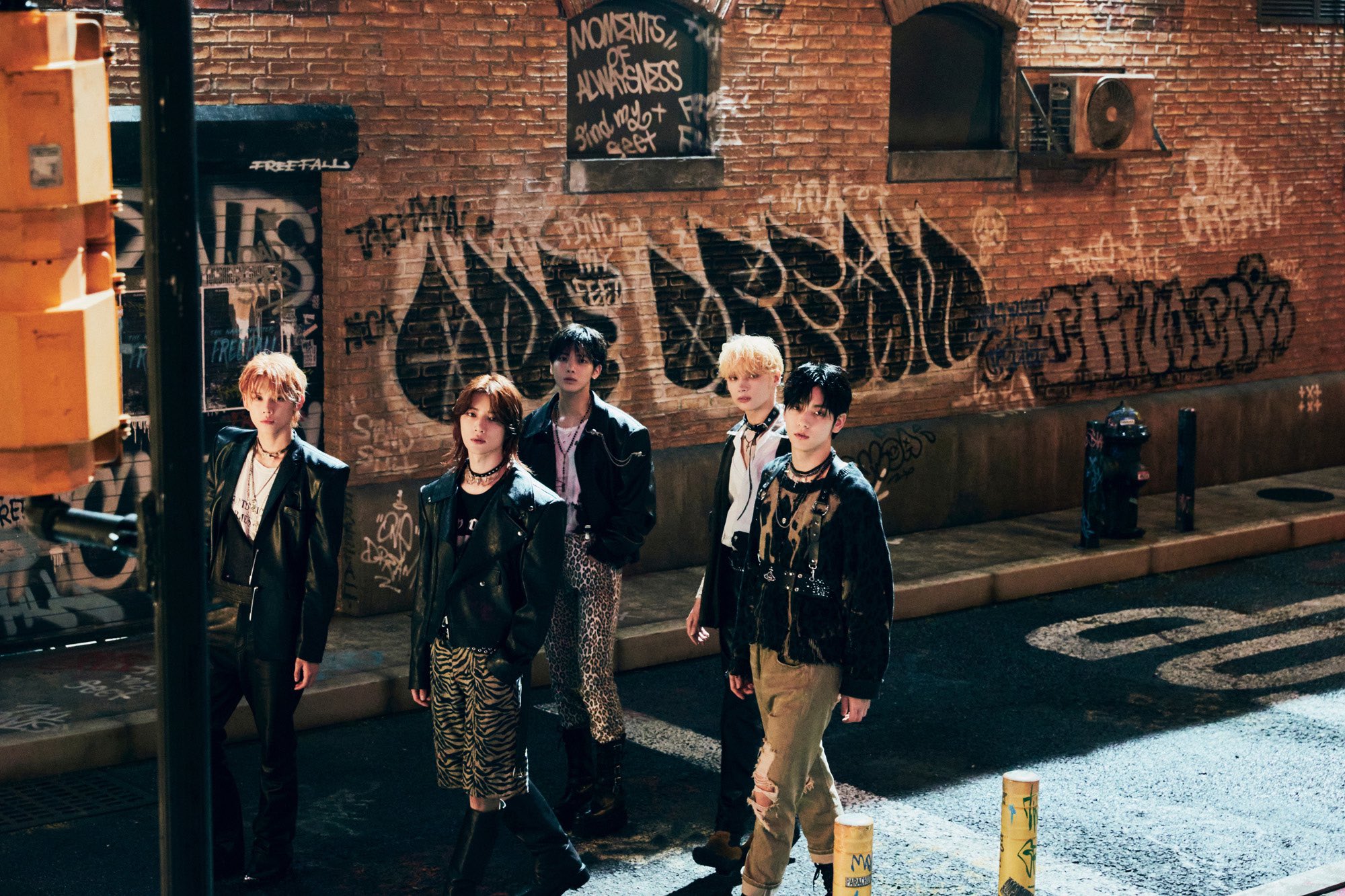
Essay
ㅤThough the words performative activism do not initially suggest anything to be critical of, in present day it has been coined to define a certain brand of ‘wokeness’. One that is particularly evident on social media. With the growing tension in Gaza and the social media storm of controversy in its wake, the true value and role of ‘performative’ activism deserves examination.
ㅤThe argument against performative action is sound in part. The prevalence of social media spaces and their integral part in modern political movements (notably those such as #MeToo or BLM, or even #freepalestine), means there are people whose participation is surface level. The label’s intention is critical. As Thimsen presents, “performative activism talks the talk but doesn’t walk the walk”. It is “typified by reposting movement memes and slogans on social media platforms while doing little or nothing to promote those same social justice causes in other ways”. The base line of its accusatory intent is that real activism must be acted on, not just spoken on (Thimsen, A.F. 2022). For those who denounce performative activism, it is valued only as empty gestures to feed one’s brand rather than meaningful action. From public figures with large platforms to corporations, critics point out that shallow action “simply amounts to playing along with popular demand, with no intention of making substantive change” (Strange, J. 2021). In this accusation, the main claim is massive dissonance. Between the purpose of those who advocate and actively seek change, and the ‘tick boxing’ for-show activism, of those who hop on the bandwagon of ‘wokeness’ to project an anti-racist image. In the end, “we should consider the accusation of performative activism as a demand” (Thimsen, A.F. 2022). There is a pointed allegation towards performative activism and whether it is damaging. Whether an air of acceptance and satisfaction at these surface level actions lowers the expectation of the public. A public that deserves, and should, demand more support and better activism (Thimsen, A.F. 2022). The critical label allows an easily accessible tool to solidify their sound demands against potentially damaging, self-serving, shallows instances of activism.
ㅤThen again, the accusation of performative activism can be brandished too easily. This subsequently undervalues the power all activism can have, no matter its depth. Even with superficial consideration, it is evident that the label of performative activism in itself opens floodgates. Most clearly to competitive virtue signalling (Thimsen, A.F. 2022). Wherein the term’s critical nature simply used as a one-up in a race to who is the ‘woke-est’. But besides this, there is a point to be argued for the significance of political action, even performative. Any action on a platform where others can perceive is arguably effective. Though at times, it may work to cover up the lack of institutional change, “it is worth leaving space for the durational power of performativity” (Strange, J. 2021). It possesses the ability to communicate the cause of any movement, and incite change in anyone who perceives the action. This is to suggest that “performative activism can be both transformative and illusionary, equally capable of changing a public performance and obscuring that which has not changed at all” (Strange, J. 2021). Strange even weighs its significance in the English Premier League. They posit that “if taking a knee can send ripples across the Atlantic, even if only through spectacle, then it can certainly affirm Black athletes as part of a global network with all the attendant empowerment” (Strange, J. 2021). Performative activism may deserve better than critical judgment, as it clearly holds a power even at its seemingly shallow depth.
ㅤThese arguments for the existence and validity of performative activism can be more closely studied in one particular case. Namely, the case of #freepalestine, specifically on a social media platform such as TikTok. Even if performative, simple interaction with political causes allows one “to spread their political messages among a youth audience that potentially had no previous interest (and probably not even knowledge) about Palestine” (Cervi, L., & Marín-Lladó, C. 2022). That is to say, the ease of movement in acting in activism online has “lowered the barriers to entry, expanding the repertoire of what it means to be “politically active” (Cervi, L., & Marín-Lladó, C. 2022). Perhaps the performativity that we worry devalues ‘true’ activism, simply gives new life to it. Something Cervi and Marin-Llado coin as ‘playful activism’. In their paper they conclude that “TikTok’s peculiar affordances shape and engender a new form of activism…characterized by enabling an innovative form participation through playful and creative content creation” (Cervi, L., & Marín-Lladó, C. 2022). Though this activism may present as shallow it offers a slew of advantages. It represents a quest for visibility, it contributes to establishing identities with belonging and even reinforce a community’s legitimacy. The easily accessible of political activism on social media, no matter its inferred value in relation to depth, proves itself useful. No matter of its performativity, it remains effective in communicating cause to a large audience.
ㅤThe coining of performative activism may have referred to the shallow and self serving nature of certain actions and words by certain people. However in the wake of social media’s significance in political issues and its power, it is worth re-examining the term. In times of need, even the most performative of activisms may present merit in making a difference.
| Thimsen, A.F. (2022). What Is Performative Activism?Philosophy & Rhetoric 55(1), 83-89. https://www.muse.jhu.edu/article/855141. Strange, J. (2021). Playing On, Playing Along: Soccer’s Performative Activism in the Time of COVID-19. Journal of Dramatic Theory and Criticism 35(2), 135-139. https://doi.org/10.1353/dtc.2021.0012. Cervi, L., & Marín-Lladó, C. (2022). Freepalestine on TikTok: from performative activism to (meaningful) playful activism. Journal of International and Intercultural Communication, 15(4), 414–434. https://doi.org/10.1080/17513057.2022.2131883 |

